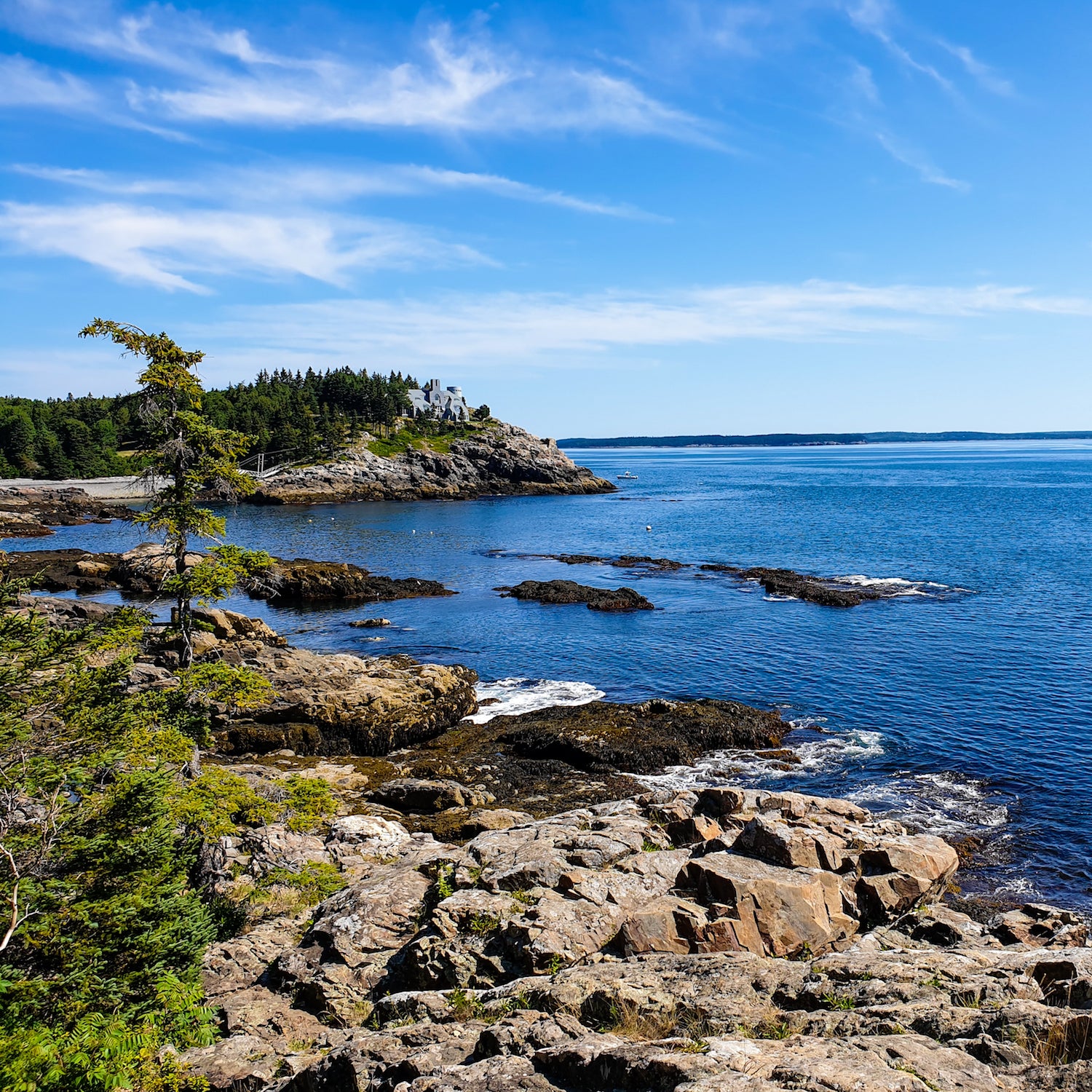On May 6, the Biden administration unveiled a new, ten-year plan for how it intends to make good on , which called for the conservation of 30 percent of our nation’s land and water by 2030. This number, which has been , is considered the critical amount of conserved natural areas necessary to help slow climate change and prevent .
“Never before has a president outlined a goal of this kind, and certainly not this early in an administration,” said Brenda Mallory, chair of the Council on Environmental Quality, on a press call. “Let me be candid: nature in America is in trouble, and Americans across the country are seeing and feeling the impacts.”
One of the key pieces of this new initiative will be establishing an interagency working group to create an American Stewardship and Conservation Atlas, a set of guidelines aimed at mapping out better benchmarks for what exactly constitutes “conserved” land. The administration was careful to use the word “conservation” when it came to talking about protecting natural spaces, rather than “preservation,” a linguistic choice that was intentional to highlight the importance of private lands serving in tandem with public lands to hit the target goal. At last Thursday’s press conference, the administration placed high priority on the potential for working lands to pitch in as well, whether it be through or helping to create wildlife corridors.
Still, parks and recreational lands have a large role to play. According to a report published by the administration’s task force, an estimated 100 million Americans do not have a park within a ten-minute walk of their home. Deb Haaland, Secretary of the Interior, intends to change that. “In the coming days, the National Park Service will announce a record $150 million in funding for the Outdoor Recreation Legacy Partnership Program, which helps build parks in underserved communities,” said Haaland on the call. “We are eager to increase access to public lands and waters for outdoor recreation to stimulate the economy and to inspire the next generation of outdoor stewards.”
With outdoor recreation contributing an estimated $460 billion annually to the nation’s economy, the Department of the Interior is eager to open up more opportunities for wilderness enthusiasts. “This week, the U.S. Fish and Wildlife Service announced a proposal to expand hunting and fishing opportunities across 2.1 million acres at 90 National Wildlife Refuges. This is the largest expansion in recent history,” said Haaland.
The Biden administration is also committed to ensuring that flow specifically to disadvantaged communities. And the new ten-year plan, the , will further support locally led conservation and park projects in communities that disproportionately lack access to the great outdoors.
Protections for marine environments are getting a boost, too. The (NOAA) just announced the expansion of the , which nearly triples the size of the protected area that includes 14 reefs and banks that are habitat for recreationally important fish. In Long Island Sound, NOAA is working to designate a to create a living classroom for research, education, and recreation, making it the 30th estuary reserve in the national system.
While we may not be seeing any massive, new national parks come out of this initiative, the steps the Biden administration is taking to address inequitable access to the outdoors by creating new parks closer to urban areas are historic, and funding to actually get things done is on the way. “The proposal of the 2022 budget really does make investments in collaborative conservation,” said Gina McCarthy, National Climate Advisor, on the call. “Congress recently passed the Great American Outdoors Act, which is really a down payment on how we look at conserving our lands and waters.”
After a pandemic-ravaged year in which so many of us took refuge in the outdoors, it’s heartening to see an stating that “nature is essential to the health, well-being, and prosperity of every family and every community in America” and an administration that is setting up the groundwork and investment to protect more land, water, and wildlife within a set timeline.
Perhaps McCarthy put it best: “This is an exciting start; it’s not the end.”


